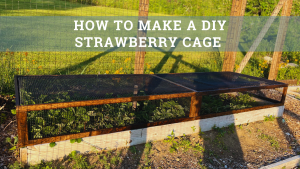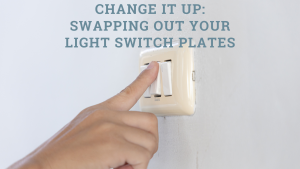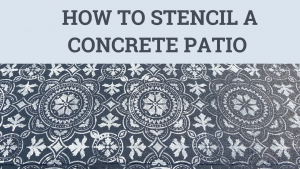How to Work with Metal or Steel Framing
Useful Tips for Working with Metal Studs and Framing
Metal framing studs compare favorably with conventional wooden construction studs and are now available at your home improvement store. The steel studs are lightweight, strong and uniformly straight and true. Metal framed walls use a track or channel at the top and bottom to hold the studs in place, but the basic wall frame construction is the same. Working with them requires only two tools: a power drill and a pair of snips. Basic installation instructions are available below.
- Hold the track on edge and snip through the sides/legs first to begin cutting the channels to the correct length for the wall frame you are constructing. The cut metal edges may be sharp, so wear leather gloves to avoid nicks and cuts.
- Rotate the track with the severed sides/legs upward and let the unsupported weight of the scrap end drop and bend the face of the channel back on itself.
- Finish severing the two pieces of track along the bend with the metal snips while squeezing the sides/legs together with one hand and cutting with the other.
- Attach the length of track to a wooden base or subfloor with drywall screws. You can also assemble the wall frame with it lying flat on the floor, stand it upright in position, and then anchor it to the floor.
- Insert the metal studs into the channel, sliding them into position and observing building codes for spacing. Avoid making an obstacle of the installed studs. Work from the middle outward to both ends of the channel or ensure that you slide each successive stud into the track from the same end of the channel.
- Secure the studs with short pan-head screws with self-drilling tips. Drive them through the outside of the channel into the side of the studs.
- Set the top track over the secured studs and drive pan-head screws through each to secure them at the upper end.
- Insert large plastic grommets into the pre-punched holes in the studs to facilitate running electrical wiring and protecting it from nicks and cuts.
- Apply drywall in much the same way as conventional framing, but use special screws with finer threads designed to pierce the metal studs.
Blog Articles
Maximize Your Yield with DIY Netting for Strawberry Beds
Keep your strawberries safe from pests with our DIY strawberry cage netting solution. Learn how to create sturdy frames and find the best netting for your strawberry plants.
Change It Up: Swapping Out Your Light Switch Plates
Tired of boring light switch covers? Upgrade your home decor with this simple guide on replacing light switch plates and make a statement in every room.
Revamp Your Outdoor Space: How To Stencil A Concrete Patio
Learn how to create a stunning patterned concrete patio with our easy-to-follow instructions for stenciling. Upgrade your outdoor space in no time.





